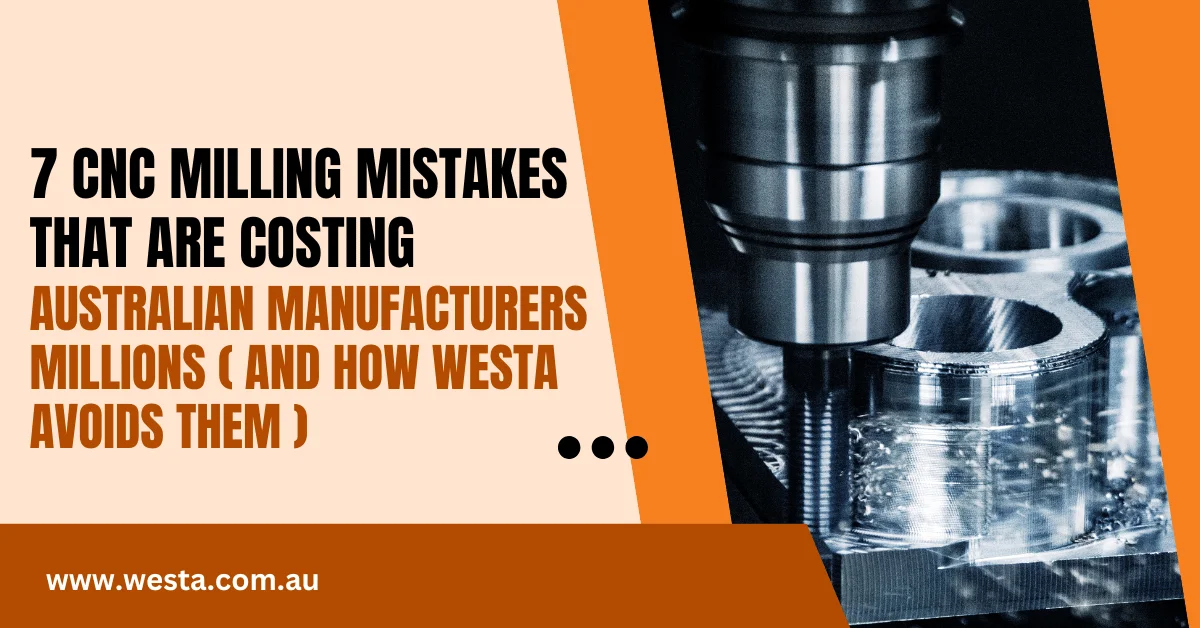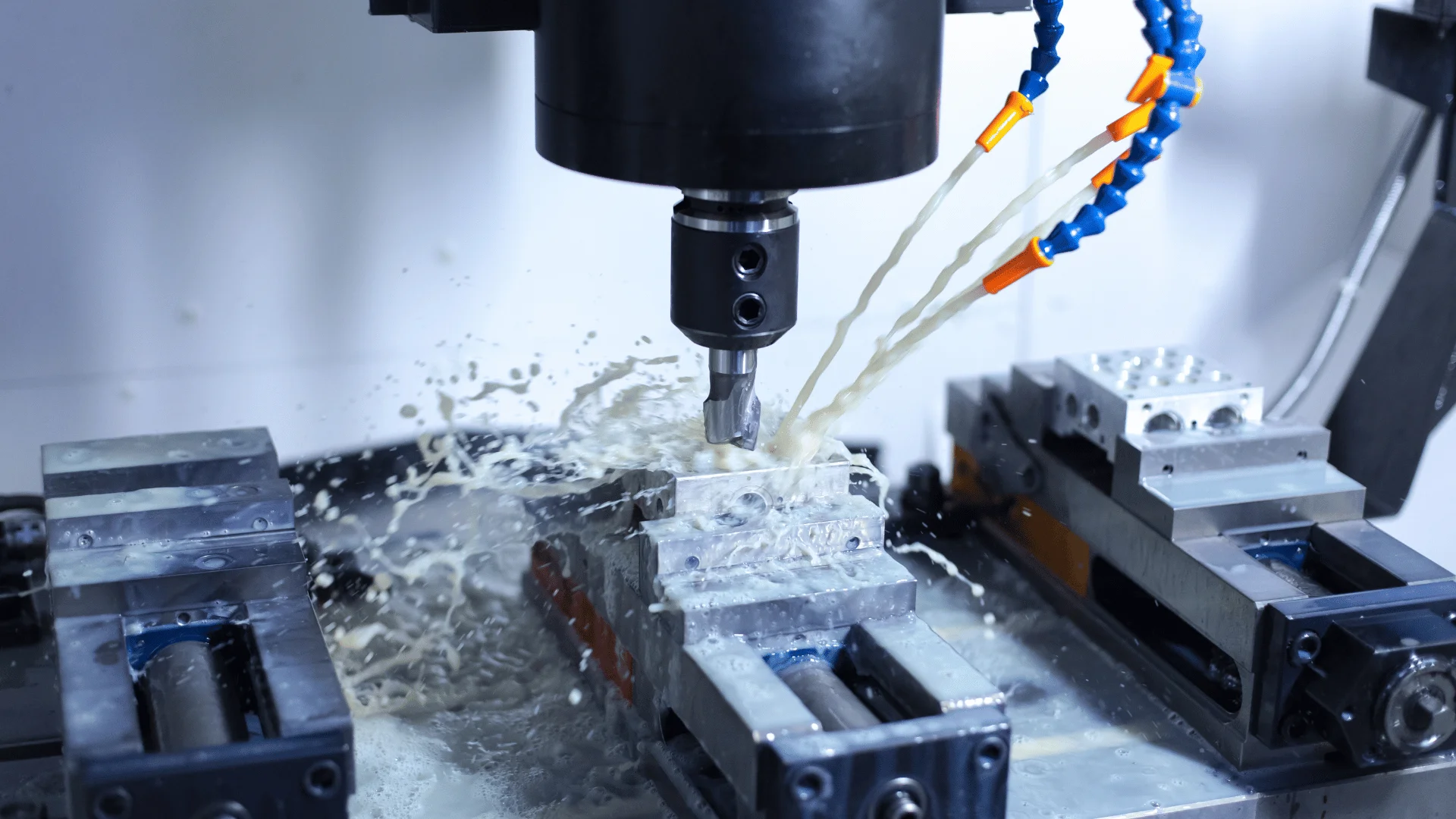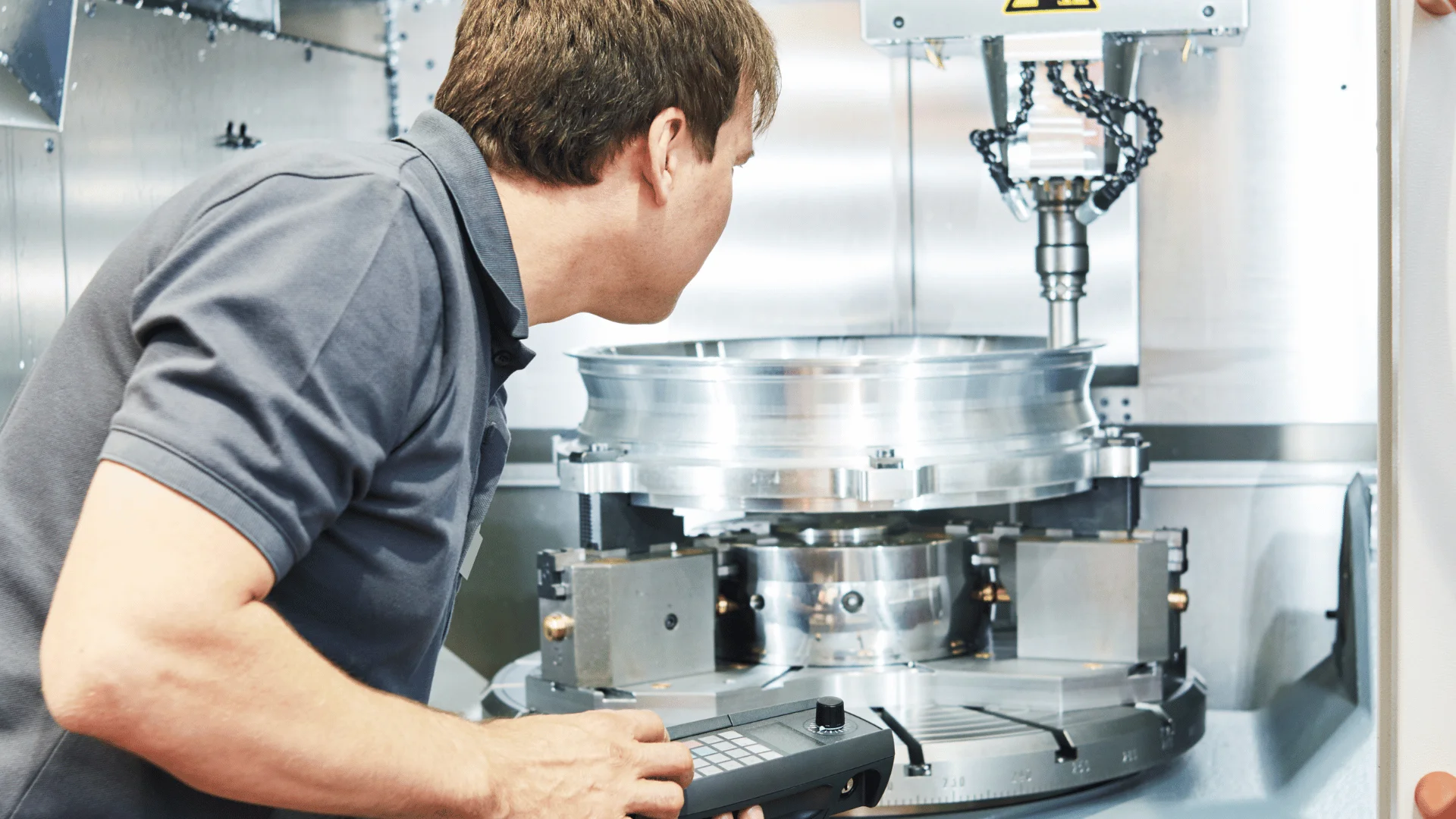We Offer Revolution Of Industrial Engineering
More Information
+91 9911757222
+91 9911757222

After two decades in precision manufacturing, I’ve seen the same costly mistakes repeated across workshops throughout Australia. What’s particularly frustrating is that most of these errors are completely preventable with the right approach.
Take tool selection, for instance. A workshop in Sydney was burning through expensive end mills every few days until we discovered they were using the wrong cutting strategy for their aluminum alloy parts. A simple adjustment saved them nearly $4,000 monthly.
Here are the seven most expensive mistakes I regularly encounter and the practical fixes that can transform your operation’s efficiency:


1. Improper Tool Selection
Using the wrong cutting tool for your material and application doesn’t just accelerate tool wear – it compromises surface finish, dimensional accuracy, and production efficiency. I recently consulted with a manufacturer who switched from general-purpose end mills to application-specific tooling for their stainless steel components. The result? A 60% increase in tool life and a 40% reduction in cycle time.
2. Inefficient Cutting Parameters
Too many shops run their CNC machines with outdated or generic cutting parameters. Modern cutting tools are designed to operate at specific speeds and feeds based on material properties and cutting conditions. At Westa, we maintain an extensive database of optimized cutting parameters for different material-tool combinations, regularly achieving 30-50% improvements in material removal rates compared to standard recommendations.
3. Inadequate Workholding Strategies
Secure, rigid workholding is fundamental to precision machining, yet it’s frequently overlooked. A mining equipment manufacturer was experiencing inconsistent quality until we redesigned their fixturing approach. The improved workholding eliminated vibration issues, extended tool life by 45%, and improved dimensional consistency across production runs.
At Westa, our investment in advanced workholding technology and fixture design expertise ensures optimal results for even the most challenging components. Our engineering team analyzes each part to determine the ideal workholding strategy, often developing custom fixtures that maximize rigidity while allowing efficient access to all required surfaces.
When you partner with Westa for your CNC milling needs, you benefit from our systematic approach to eliminating these common mistakes. Our commitment to continuous improvement means we’re constantly refining our processes to deliver superior components at competitive prices.
Contact Westa today to discuss how our precision milling capabilities can improve your component quality while reducing costs

WESTA Global
25 FINANCE PLACE MALAGA , WA 6090
83-84, DDA Market, J Block,
Vikaspuri, New Delhi 110018
+91 9911757222
hellowesta@gmail.com
teamtradesate@gmail.com
+61 433 560 490
TRADESATE Pvt. Ltd.
B11/226, Sri Hargobindpur, Punjab 143515
Copyright © 2024 WestaGlobal.